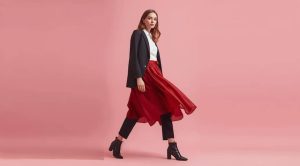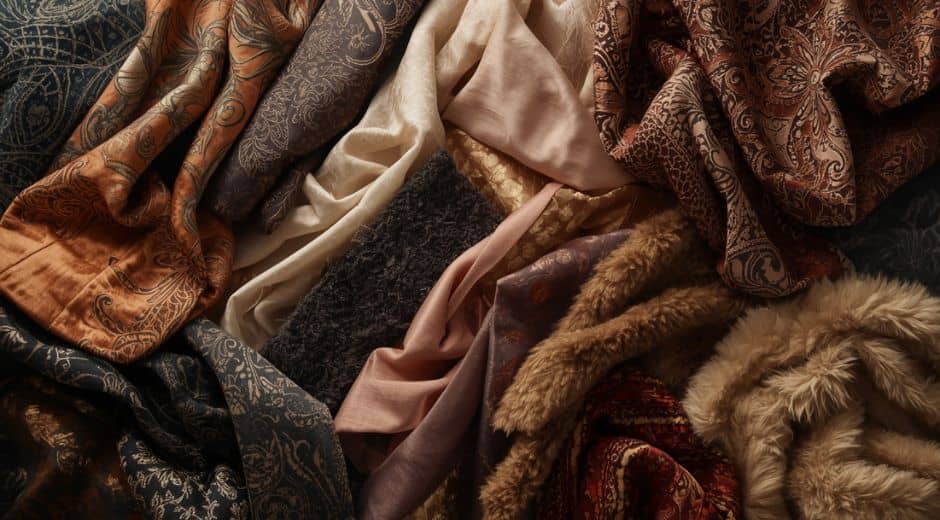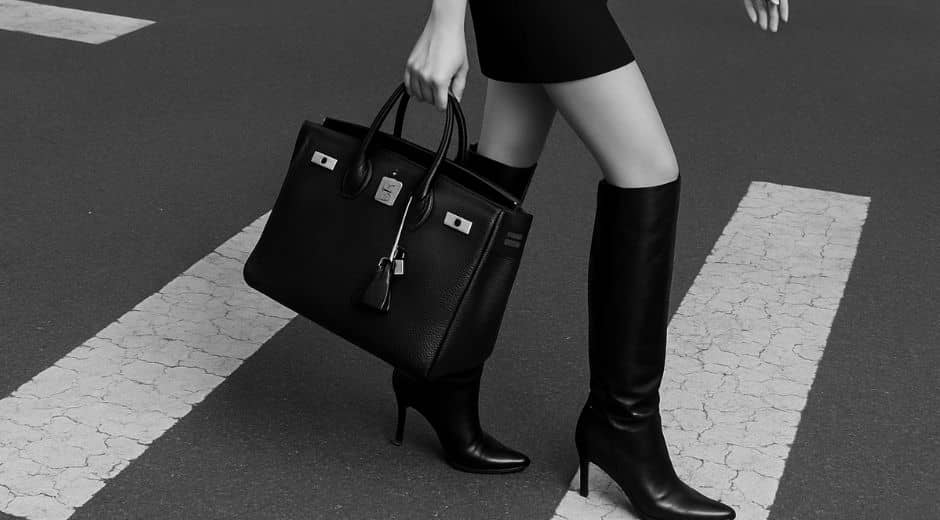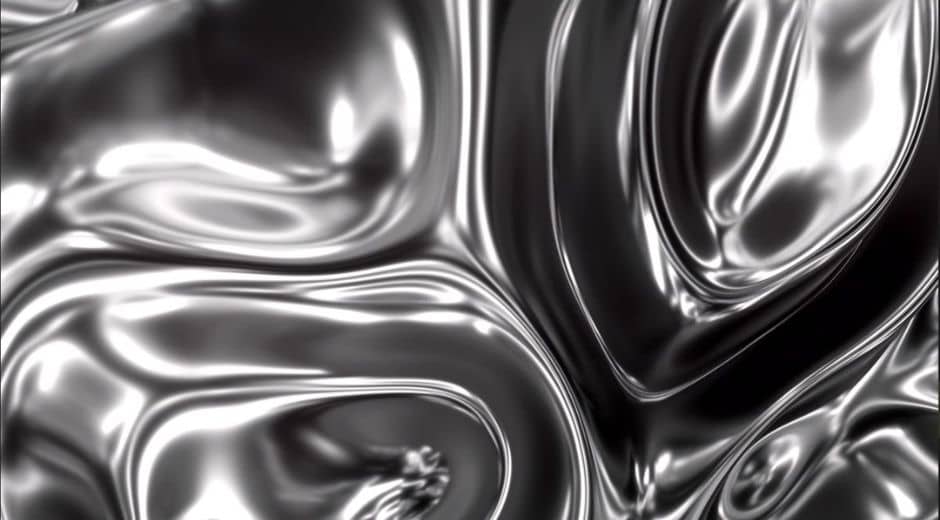Texture Revolution: How Fabrics Are Defining 2025 Trends
Fashion in 2025 is all about the senses, and has become the new language of design. More than color or cut, what defines this year’s trends is how clothing feels and moves. Designers are embracing materials that invite touch, pairing softness with structure and shine with depth to create experiences that go beyond sight.
The rise of it signals a shift toward emotion-driven fashion. Consumers want garments that connect them to their environment pieces that tell stories through weave, grain, and fabric weight. This tactile approach is not just a style preference but a statement about slowing down and rediscovering the artistry in clothing.
The Return of Material Awareness
The renewed focus on it reflects a growing appreciation for craftsmanship. Fast fashion once prioritized speed over substance, but today’s designers are reversing that narrative. They’re celebrating the imperfections of handwoven fabrics, raw finishes, and visible stitching. Each detail becomes part of the garment’s soul.
In high-end collections, designers like Bottega Veneta and Prada are layering intricate contrasts: buttery leather against matte wool, translucent silk against structured canvas. These juxtapositions elevate simplicity, proving that minimal forms can still have depth.
This tactile storytelling creates clothing that feels alive where every fold, grain, and surface texture carries a unique energy.
Why Texture Captivates the Modern Eye
The human brain is naturally drawn to it. It adds dimension, curiosity, and warmth. When a viewer sees a textured garment, they can almost imagine its feel the softness of cashmere, the crispness of linen, or the shimmer of metallic thread. This sensory connection transforms clothing into experience.
According to Vogue, designers this year are prioritizing “touchable design,” focusing on fabrics that invite physical interaction. The trend extends to accessories as well: braided leather bags, woven sandals, and suede belts are dominating runways for their tactile appeal.
Layering Through Texture
One of the most interesting evolutions of it is its integration into layering. Instead of combining patterns or colors, modern stylists now build depth by mixing materials. A satin blouse beneath a boucle jacket, paired with denim and suede boots, creates harmony through contrast.
The key is balance. Too many heavy textures can overwhelm an outfit, while too many smooth ones can flatten it. Successful combinations rely on rhythm a visual balance that lets each material breathe while enhancing the other.
Fashion experts often describe it as “visual music.” The right mix creates movement and emotional tone, much like melody and rhythm in a song.
The Emotional Value of Texture
Beyond aesthetics, it has emotional resonance. Rough fabrics like linen and tweed bring a sense of roundedness and authenticity, while silky, reflective surfaces evoke confidence and sensuality. The tactile nature of clothing can influence how we feel about ourselves and how others perceive us.
In times of uncertainty, the world turns to materials that comfort and stabilize. That’s why cozy knits, soft velvet, and organic cottons are dominating fashion shelves. They represent security and familiarity while maintaining elegance.
Sustainability and the Texture Movement
The movement toward meaningful also ties closely to sustainability. As consumers demand transparency, brands are highlighting the tactile beauty of natural fibers over synthetic ones. Instead of masking flaws, they showcase them.
Designers are rediscovering heritage textiles like hemp, bamboo silk, and organic wool. These materials age beautifully, telling stories with wear and time. This authenticity strengthens emotional attachment between owner and garment, promoting longevity and reducing waste.
Independent designers across Europe are even reintroducing traditional weaving techniques, merging heritage with modern silhouettes. The result is fashion that feels artisanal yet contemporary a perfect representation of where it leads us.
The Digital Meets the Tactile
Interestingly, is also influencing digital fashion. With the growth of virtual clothing and 3D design, creators are using hyper-realistic textures to make digital garments look touchable. This crossover between technology and tactility redefines what it means to “feel” fashion in the digital age.
Virtual simulations allow consumers to preview how a fabric will drape or move before purchasing. It bridges sensory gaps, making fashion more immersive and accessible than ever before.
How to Style Texture in Everyday Fashion
Incorporating it into your wardrobe is easier than it seems. Here are a few key strategies:
Mix smooth and coarse: Combine a sleek satin top with rugged denim for effortless contrast.
Play with layers: Stack textured fabrics like wool over linen or silk under leather.
Keep your palette simple: Let the Texture stand out by using neutral colors.
Accessorize smartly: A suede bag or woven bracelet can add tactile richness without overwhelming the look.
Trust balance: If one piece is bold, keep others muted to maintain flow.
Fashion icons are leading the movement by showcasing tactile styling across seasons. Their approach is proof that is versatile, it adapts to weather, mood, and occasion while keeping its distinctive charm.
Cultural and Artistic Inspiration
Texture connects fashion with art and architecture. Just as painters use brushstrokes and sculptors use surfaces to evoke feeling, designers use fabrics to convey depth and dimension. The dialogue between material and form transforms each outfit into wearable art.
Globally, we’re seeing traditional textiles gain recognition. In Japan, Shibori-dyed cottons and paper-silk blends have resurfaced. In Scandinavia, natural wool and hand-knit designs dominate local fashion scenes. These movements show how celebrates culture through craftsmanship.
The Future of Texture
As 2025 unfolds, Texture continues to evolve as fashion’s silent storyteller. We’ll see more experimentation with hybrid materials recycled synthetics blended with organic fibers and more digital artisans mimicking tactile sensations online.
Yet despite innovation, the core appeal of it remains timeless: its ability to connect human senses to creativity. Whether in a handcrafted sweater or a futuristic reflective jacket, the essence of it lies in how it makes us feel.
To explore more insights on material artistry and design philosophy, visit Styleradarpoint. You can also discover collections and sensory-focused designers at EcoGlobalo.
Final Thoughts
Texture has become fashion’s emotional core. It bridges technology and tradition, function and art. By choosing garments with deliberate feel and form, we express not just taste but consciousness.
Fashion in 2025 is no longer just seen it’s experienced. And through Texture, every outfit becomes a dialogue between body, fabric, and emotion, proving that the true beauty of style begins with touch.
Elegance Insight Expression

Mastering Form Balance: The Art of Modern Style Harmony
Discover how Form Balance shapes today’s modern style, blending proportion, flow, and confidence into timeless, wearable elegance.

Texture Revolution: How Fabrics Are Defining 2025 Trends
Explore how Texture is reshaping 2025 fashion trends, blending craftsmanship, contrast, and sensory appeal to create dynamic modern looks.

Redefining Minimalism: The New Power of Subtle Fashion
Minimalism in fashion is evolving into a modern statement of quiet confidence. Discover how to style simplicity with intention, balance, and bold refinement.

The Secret to Lasting Radiance: Modern Beauty Beyond Skin
Discover how to achieve lasting radiance through mindful beauty, modern skincare, and balanced lifestyle choices that glow from within and beyond appearance.














